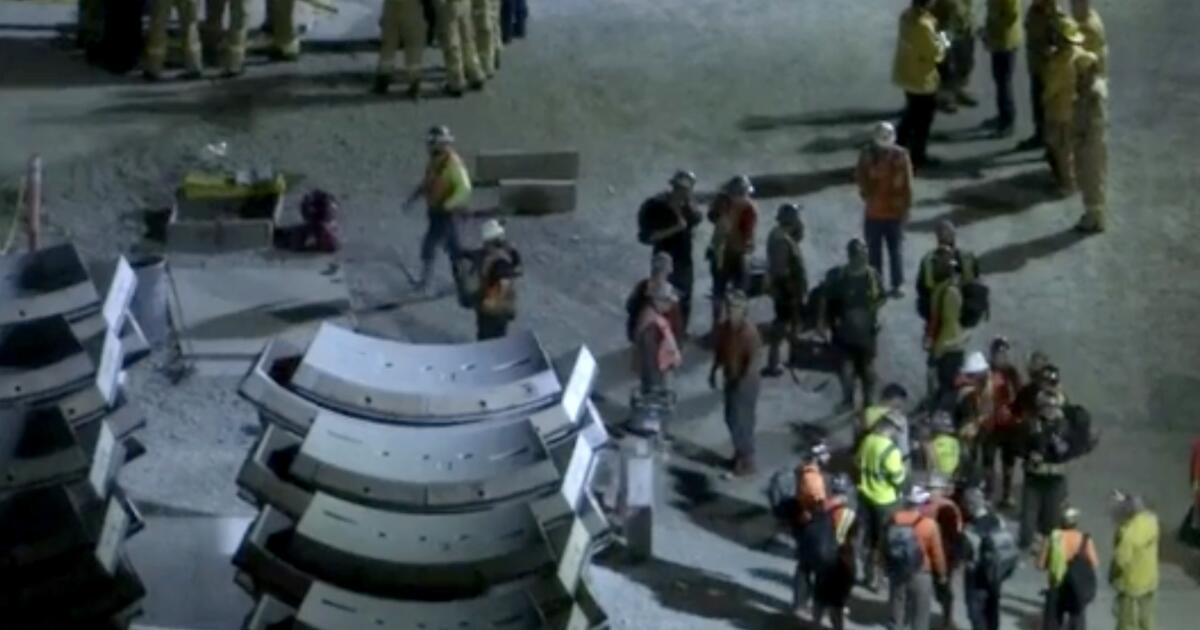When journalist Michael Grunwald wrote his latest book, We’re Eating the Earth: The Race to Fix Our Food System, he wanted to inspire hope. The big question he tackles is: Can we feed a growing world population without destroying our planet?
By 2050, the global population could reach 10 billion. Experts say we’ll need to produce 50% more food than we did in 2010. Imagine a dozen extra breadsticks at Olive Garden for every person alive—every single day!
Agriculture is a major source of greenhouse gas emissions. It contributes nearly one-third of them. This includes methane from livestock and emissions from decomposing food. Grunwald’s book seeks new solutions for sustainable food production. Some ideas include regenerative agriculture that boosts soil health, or producing alternative protein sources like fermented fungi. While many have faced challenges, Grunwald believes it’s too early to give up.
The book highlights Tim Searchinger, an environmental lawyer who critiques ethanol production from crops like corn. He points out that growing fuel instead of food forces us to clear more land—often forests or wetlands—to replace lost crops. This land-use issue is crucial; land isn’t limitless.
Grunwald warns that if we want to feed more people, we need to either increase yields on existing farmland or risk harming our remaining natural areas. Almost 40% of the Earth’s land is used for agriculture—only 1% is urban. To meet future food demands, we might clear even more forests, but we can’t afford to lose them.
We also face a challenge: reducing agricultural emissions by 75-80% while still increasing food production. This is no small task; we can’t keep doing things the same way and expect different results.
Looking at policies, the previous administration pushed for more renewable fuels like soy biodiesel, often ignoring the need for solar and wind energy on agricultural land. Grunwald sees this as shortsighted, as renewable energy can often be produced more efficiently than biofuels.
Even though industrial agriculture has its downsides—poor treatment of workers and animals, water pollution—it still produces a lot of food. We may need to rethink how we farm. Some farms in Brazil use regenerative practices to increase yields without clearing more land.
Grunwald discusses various climate solutions, like vertical farms and meat alternatives, which have not yet gained traction. This could be due to a mix of political challenges and people’s reluctance to change their eating habits. Despite setbacks, innovative approaches are being explored, from gene-edited microbes for fertilizers to using AI in farming.
Many believe these challenges are solvable. While no single answer has emerged, hope remains that intelligent solutions will eventually gain traction. As Grunwald states, “I’m an idealistic enough optimist to think that these smart people are going to figure out some cool stuff.”
In a world that faces significant climate challenges, the future of our food system is more critical than ever. It will take creativity, collaboration, and a willingness to change. The path may be tough, but the potential for making a positive impact is still alive and well.
For more detailed insights on food systems and climate solutions, you can explore resources from the World Resources Institute, which discusses innovative approaches to sustainable food production.




















